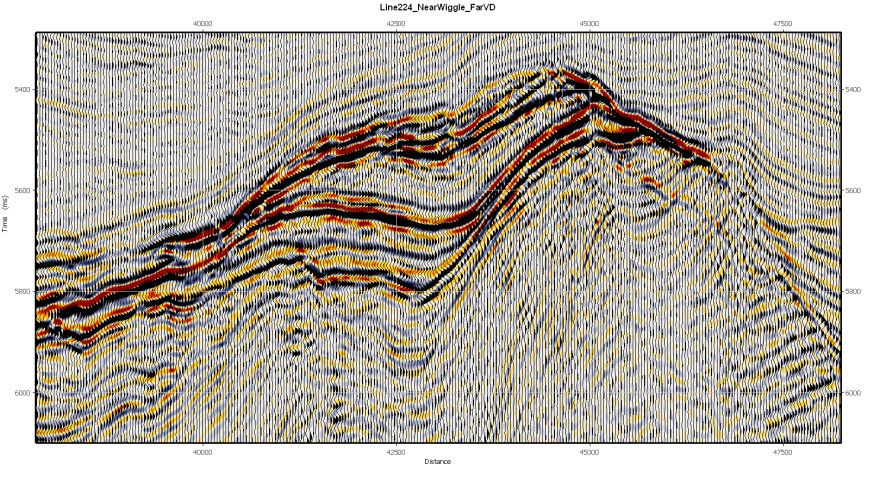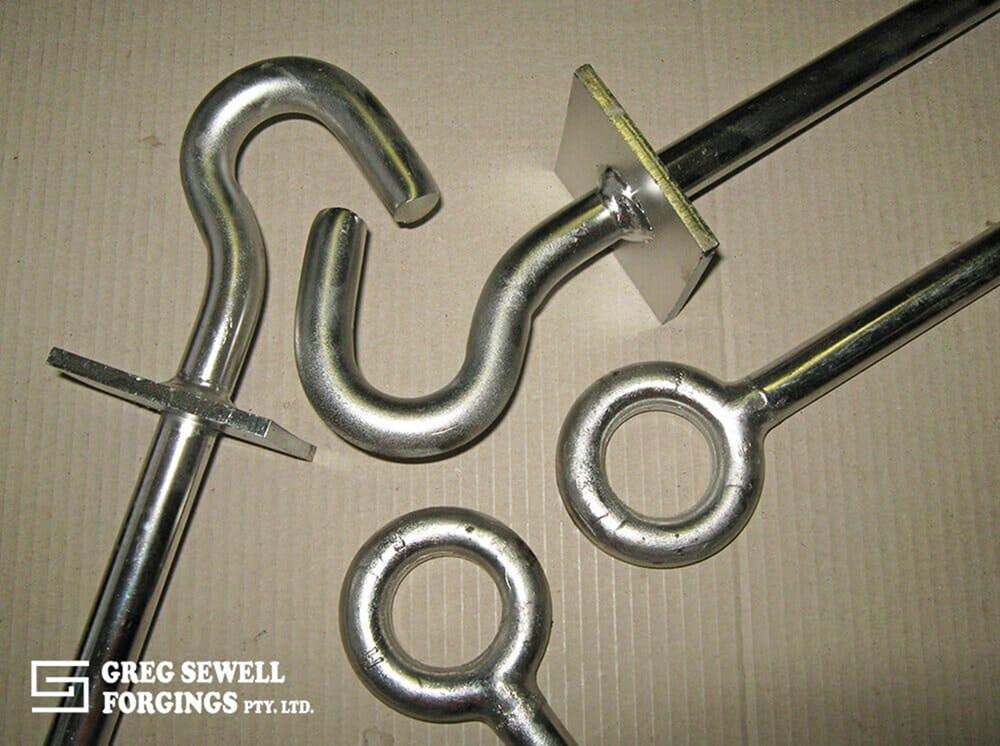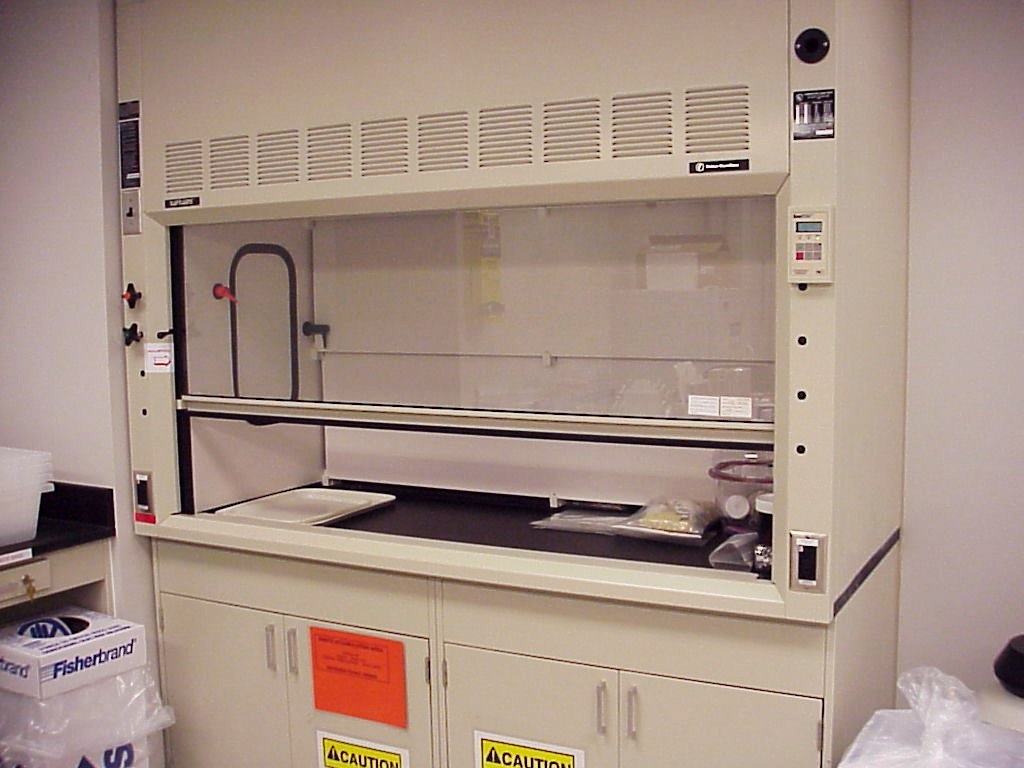In the realm of geophysical analysis, the transition from raw seismic data to actionable insights is a complex and intricate process. Seismic inversion methods, a key technique in this process, has become an indispensable tool for geoscientists aiming to interpret subsurface characteristics with greater accuracy and detail. This article delves into the significant impact of seismic inversion for reservoir characterization on geophysical analysis, exploring how it transforms seismic data into valuable information that drives informed decision-making in exploration and production.
Understanding Seismic Inversion
Seismic inversion is the process of converting seismic reflection data, typically represented as amplitude variations on seismic traces, into quantitative rock properties such as acoustic impedance, density, porosity, and fluid saturation. Unlike conventional seismic interpretation, which often relies on qualitative assessments, seismic inversion provides a more direct and quantitative view of the subsurface.
The goal of seismic inversion is to create a model that accurately reflects the sub surface’s geological and petrophysical properties. This model can then be used to identify potential hydrocarbon reservoirs, assess their quality, and guide drilling and production activities.
The Role of Seismic Inversion in Geophysical Analysis
Seismic inversion has a profound impact on geophysical analysis, enhancing the ability of geoscientists to make informed decisions at every stage of the exploration and production lifecycle. Here’s how seismic inversion influences key aspects of geophysical analysis:
- Enhanced Reservoir Characterization: Seismic inversion allows for detailed characterization of reservoirs by providing high-resolution models of subsurface properties. These models help geoscientists identify key features such as lithology, porosity, and fluid content, which are essential for evaluating the potential of a reservoir. With seismic inversion, it becomes possible to distinguish between different rock types and fluids, improving the accuracy of reservoir models and reducing the uncertainty in resource estimates.
- Improved Imaging of Subsurface Structures: By transforming seismic data into rock-property models, seismic inversion improves the clarity and resolution of subsurface images. This enhancement is crucial for identifying and delineating complex geological structures, such as faults, fractures, and stratigraphic traps, which may be difficult to detect using conventional seismic interpretation methods. Better imaging leads to more precise mapping of reservoir boundaries and stratigraphy, reducing the risk of drilling non-productive wells.
- Direct Hydrocarbon Indicators: Seismic inversion can directly identify hydrocarbon-bearing formations by revealing contrasts in rock properties that are indicative of oil, gas, or water saturation. For instance, the inversion process can highlight areas of low acoustic impedance, which often correspond to porous, hydrocarbon-filled reservoirs. This capability allows for more accurate targeting of drilling locations and enhances the likelihood of successful exploration.
- Integration with Other Geophysical Data: One of the significant advantages of seismic inversion is its ability to integrate with other types of geophysical and geological data, such as well logs, gravity, and magnetic surveys. By combining seismic inversion results with these additional data sources, geoscientists can create a more comprehensive and consistent model of the subsurface. This integrated approach leads to a deeper understanding of the geological environment and better-informed decisions throughout the exploration and production process.
- Support for Risk Assessment and Decision-Making: The detailed and quantitative nature of seismic inversion results provides a strong foundation for risk assessment and decision-making. By reducing uncertainty in the subsurface model, seismic inversion allows for more accurate assessments of reservoir potential, drilling risks, and production strategies. This capability is particularly valuable in complex geological settings where conventional methods may fall short.
- Facilitating Real-Time Decision-Making: Advances in computational power and algorithms have made it possible to perform seismic inversion in near real-time. This capability allows for the continuous updating of subsurface models as new data becomes available, enabling geoscientists to make timely decisions during drilling and production operations. Real-time inversion is especially useful in adaptive drilling scenarios, where quick adjustments can be made to avoid hazards or optimize well placement.
The Evolution of Seismic Inversion Techniques
Seismic inversion has evolved significantly over the past few decades, driven by advances in technology and computational methods. Initially, seismic inversion was limited to post-stack inversion techniques, which were simpler but less accurate. Today, more sophisticated methods, such as pre-stack and simultaneous inversion, are commonly used. These methods consider the full wavefield of the seismic data, providing more detailed and accurate models of the subsurface.
Moreover, the integration of machine learning and artificial intelligence (AI) into seismic inversion has opened up new possibilities. Machine learning algorithms can process vast amounts of seismic data quickly and identify patterns that might not be apparent through traditional methods. This integration enhances the accuracy and efficiency of seismic inversion, further improving its impact on geophysical analysis.
Challenges and Considerations in Seismic Inversion
While seismic inversion offers numerous benefits, it also comes with challenges that must be carefully managed to ensure accurate and reliable results:
- Data Quality: The accuracy of seismic inversion is highly dependent on the quality of the input seismic data. Poor-quality data can lead to inaccurate inversion results and misleading subsurface models. Therefore, proper data preprocessing, including noise reduction and amplitude correction, is essential.
- Model Uncertainty: Seismic inversion involves making assumptions about the subsurface, such as the initial model and the relationship between seismic properties and rock properties. These assumptions can introduce uncertainty into the final model. To mitigate this, it’s important to use well-constrained inversion algorithms and to validate the results against independent data sources.
- Computational Demands: Seismic inversion, especially advanced techniques like pre-stack inversion, requires significant computational resources. The processing time and computational cost can be substantial, particularly for large datasets. However, advances in computing technology and cloud-based solutions are helping to alleviate these challenges.
Seismic inversion has transformed geophysical analysis by providing a powerful means of converting seismic data into actionable insights. Its ability to enhance reservoir characterization, improve subsurface imaging, and support informed decision-making has made it an indispensable tool in the exploration and production of hydrocarbons. As seismic inversion techniques continue to evolve, driven by advancements in technology and machine learning, their impact on geophysical analysis will only grow, leading to even more accurate and efficient exploration and production strategies.
For geoscientists and exploration companies, optimizing seismic inversion processes is key to unlocking the full potential of seismic data, reducing risks, and making better decisions that drive success in the highly competitive world of oil and gas exploration.




